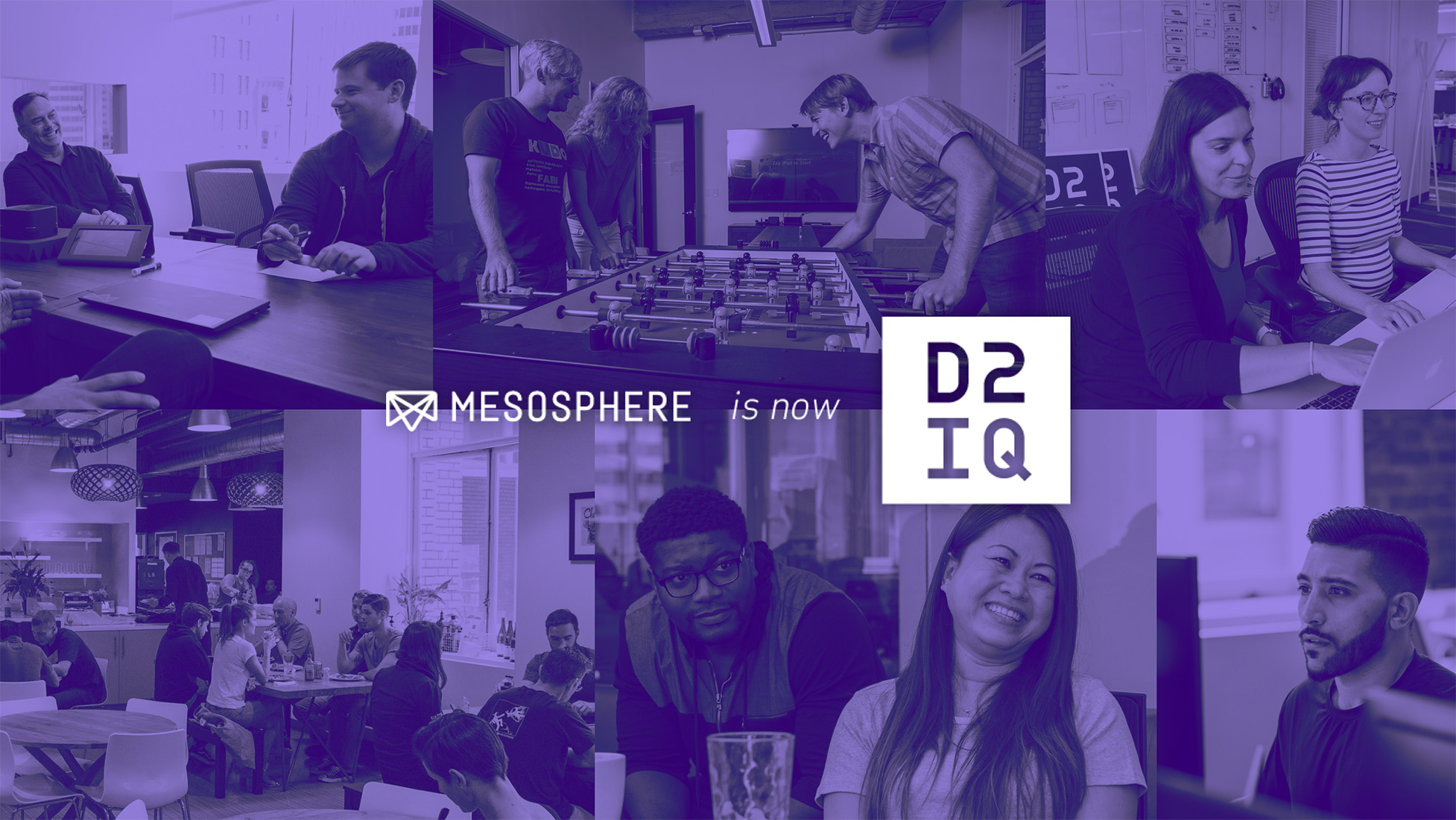
5 min read
View the original blog post on Recode
It has become a truism that software is eating the world. Perhaps that now extends to Amazon's acquisition of Whole Foods. This purchase is surely funded in part by the astronomical growth of Amazon Web Services, which is estimated to have made $14 billion in revenue last year — just slightly more than the purchase price for the grocer.
AWS has been compared to a tax, "because it's so widely used by every company that it'll eventually turn into a fixed annual cost for most businesses."
What is Amazon doing with that tax they collect on businesses rushing to the public cloud? Using those proceeds to compete with those very same businesses.
The AWS tax is considerable and, for some, irreversible. For most companies, once they have moved their data and applications into the AWS environment, there's no easy way out. AWS long ago stopped being about developers purchasing servers. Now it offers hundreds of services — usually open source tools swiped from public repos, given fancy names and hidden behind proprietary APIs — that are on-demand, by-the-hour components you can plug into your application. It all seems so easy; just swipe your credit card, click a button and you've got a piece of functionality you can plug into your application anything from databases to security tools to load balancers and everything in between.
If you ever decide to move your application (like, for example, when Amazon becomes a competitor, as they did to other customers such as Netflix), you simply can't. Not because there aren't other providers, but because your application isn't even really yours — it's made up of a collection of services that can't come with you. You've handcuffed yourself in the name of convenience.
Vendor lock-in is hardly a new problem. Historically, many companies became locked into one or more hardware or software providers. Once the lock-in was established, companies were bound to incredibly expensive ongoing maintenance agreements and one-sided relationships.
Lock-in sucks, but it's even worse when the company you're locked into is actively using your payments to try to put you out of business.
All the major technology companies have been aggressively moving into traditional businesses at the same time as legacy brands are going through digital transformation. The online and offline business worlds are rapidly converging. Alibaba, for example, last year acquired the South China Post newspaper. With autonomous cars on the rise, how soon until the big tech companies are competing directly with Ford and GM? To this point, there's speculation that Apple might one day manufacture its own autonomous vehicles.
More than ever, it's clear that traditional businesses need to rapidly become software companies. They need to do this now. Fast insights driven from data and quick reactions to market dynamics is becoming the way to thrive and survive in the connected global economy. But that also means owning your own operations and infrastructure. Not only is it more cost-effective at scale, but it gives you a degree of freedom and flexibility required to truly compete in a digital-centric world. It also helps you in a world where you may be facing new competitors who used to be your partners or suppliers.
Cloud is a capability, not a place. Your development and deployment teams demand a cloud-like experience, single-click access to tools, on-demand infrastructure and elastic scale. But that doesn't mean you need to sell your soul to Amazon to provide that.
Walmart, for one, recognized the lock-in danger and has pursued a strategy to achieve better functionality and flexibility. Several years ago, it decided to focus on open source software so the company wouldn't be at the mercy of any one software vendor. Now Walmart can create, manage and migrate applications across multiple private and public cloud computing infrastructures. Controlling its own data assets and applications is crucial for the company, which has been an innovator in merging the online and offline economies with its recent acquisitions of online retailers like Jet, Bonobos and ModCloth.
All companies need to pay close attention to the technology decisions they are making, lest they lock themselves into a relationship where they end up funding their own demise. That requires building IT flexibility to enable ready adaptability for changing conditions. What's needed is an extremely flexible model, using a scalable and open source platform to build and run new, modern applications, containerized for microservices, across data centers, private and public clouds.
Fortunately, it's now possible to build such an environment to deploy applications efficiently and at very low cost without the risk of lock-in. Like the approach taken by Walmart and other visionary companies including Verizon and Twitter, this can be accomplished through open source and commercial tools available to any enterprise that provide rich cloud services along with freedom of choice in commercial relationships.
Products from Docker, the Google-created project Kubernetes and the container management and on-demand data services platform DC/OS from my company, Mesosphere, are several examples of the tools that are increasingly being used by companies as the basis for their next-generation computing. These platforms are all open source, are improving rapidly with both company and community backing, and both Docker and Mesosphere offer commercial support and services to ensure successful deployments by traditional businesses.
It's imperative that companies transform their IT and compute infrastructure to take advantage of the latest open source technologies to be competitive in today's fast-moving world. At the root of this is a need for a software stack that lets you operate open source services on any infrastructure you want. With the improved cost and efficiency that comes with this, hopefully Amazon or other giants won't eat your business, too.








